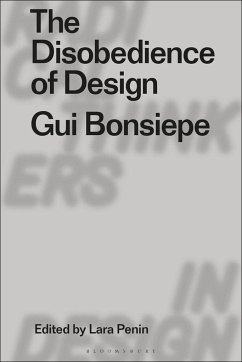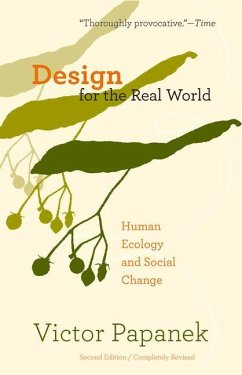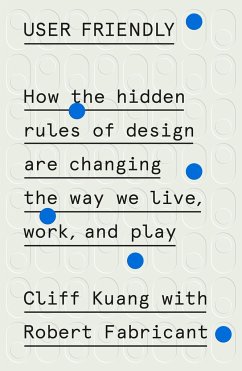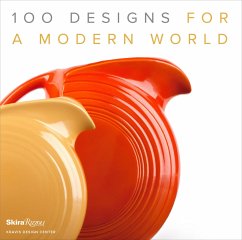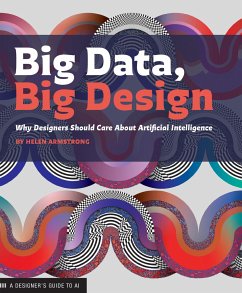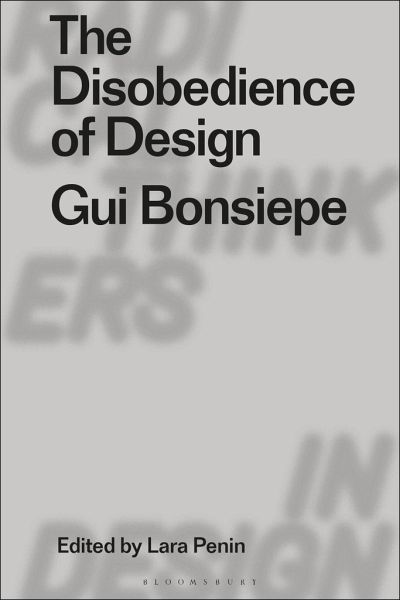
The Disobedience of Design
Gui Bonsiepe
Herausgeber: Penin, Lara
Versandkostenfrei!
Versandfertig in 2-4 Wochen
97,99 €
inkl. MwSt.
Weitere Ausgaben:

PAYBACK Punkte
49 °P sammeln!
Provides for the first time in English a curated selection of the writings of the design thinker Gui Bonsiepe, representing his writings on the Ulm design school, on the relations of â coreâ and â peripheryâ and design as a tool for social and political change.




